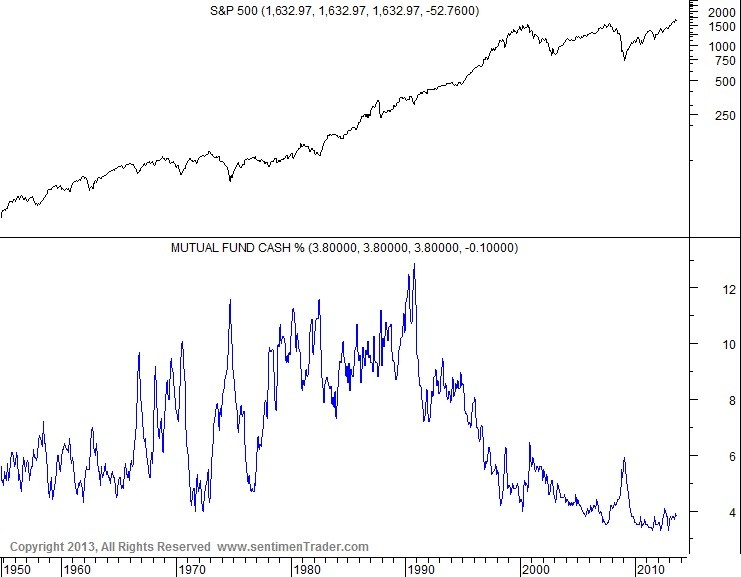Watch Out For The Mutual Fund Metamorphosis
Post on: 24 Январь, 2017 No Comment

Mutual funds sometimes undergo a name metamorphosis, emerging from their original gray cocoons as beautiful butterflies that will fly your investment returns higher than ever but does this flight really happen? Sometimes nothing changes, as the investment strategy remains the same. It’s best to look beyond appearances and realize that a name change does not necessarily mean better performance.
Why the Name Change?
There are a variety of reasons that mutual fund companies will change the names of their funds:
1. The investment strategy for a particular fund may have changed so the old name is no longer appropriate. For example, after the dot-com bubble burst in 2000, the Monument Internet Fund modified its investment strategy to include a heavy weighting of digital technology stocks rather than dot-com stocks. To reflect this new investment strategy the fund was renamed the Monument Digital Technology Fund.
2. The original buzzword within the funds name may no longer be appropriate or popular. Take for example Morgan Funshares, which was originally Morgan Sinshares, investing specifically in “sinful” stock. Even though the name changed, the fund’s holdings in tobacco and alcohol remained unchanged.
3. Mutual fund companies may change the name of a fund merely to attract more investors. In this case, the mutual fund undergoes a cosmetic change, but the investment strategy remains the same. These funds tend to be highly advertised, and, as a result, the management expense ratio is pushed up. A study by Michael Cooper of Purdue (PDF version here ) found that over the three months after a fund’s cosmetic name change, the flow of new money into the fund was 29.5%; those funds without a name change would experience only 12.1% new money.
Consequences
There are two main consequences resulting from a mutual fund name change:
1. Higher fees: If the fund has changed its name in lieu of a reallocation of assets, additional costs could incur from higher trading costs associated with reorganization of the portfolio, legal fees and advertising cost. These funds tend to have large 12B-1 fees. which go toward advertising and brokerage commissions.
2. An unsuitable investment portfolio. At one time it was not uncommon to see mutual funds change their name to reflect popular investment strategies rather than the mutual fund’s main investment goal. This kind of name change, however, is largely eliminated today by stricter SEC regulation (discussed further below). These purely cosmetic changes create problems for investors who are pursuing an investment strategy suitable for their current asset allocation goals.
Why Do Investors Fall for It?
Rather than relying on advertisements and the name alone, reviewing a fund’s prospectus for details of a mutual fund’s holdings is a good policy for choosing mutual funds. Evidence, however, has suggested that people purchase funds based on the name itself. Perhaps the tendency for funds to advertise their new fund extensively attracts more investors. Other investors may have specific investing goals in mind, so they seek out investment funds whose names promise a particular strategy. For example, an investor with a growth investment strategy would seek funds with the word “growth” in the name.
Performance
The study by Michael Cooper discovered that funds who changed their names actually performed worse after the name change: “The average name change fund earned 1.36% per month in the year before the name change. This drops to 0.42% in the year after the name change.” The observed decline in performance could be a result of the heightened fund fees, such as the 12B-1, or a continuation of a worsening trend.
One may wonder why the SEC did not make the requirement 100%, which would allow investors to be certain that their entire investment in the fund follows the investment strategy suggested by the name. One explanation is that mutual funds must maintain some liquidity in order to meet redemption requests. The 20% remaining allows the mutual fund manager to invest some portion of the mutual fund’s assets into cash and equivalents.














